2024.09.19

First in Japan! AGC Achieves Success in Demonstration Test of Solar Panel Cover Glass Recycling—A bright future for industrial waste reduction and reuse
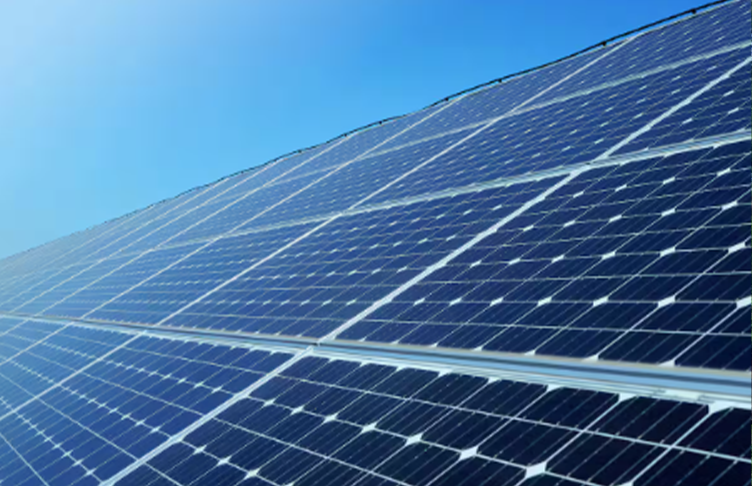
A large quantity of solar panel cover glass is expected to reach the end of its useful life and be disposed of in the late 2030s, giving rise to concerns about a serious environmental impact. The success of this recycling trial opens possibilities for more extensive reuse.
In October of 2023, AGC was first in Japan to successfully conduct a demonstration test to
recover glass from used solar panel cover glass that has reached the end of its use. Then in
March of 2024, the same solar panel cover glass was used as raw materials for the production
of float glass—the first successful demonstration test of its kind in Japan. In addition to
reducing industrial waste, our new technology is expected to make possible the previously
technically difficult feat of recycling cover glass for float glass.
Photovoltaic power generation has become a focus among renewable energy sources. However,
the useful life of solar panels is estimated at 20 to 30 years, and several hundred thousand
tons are expected to be disposed of annually starting in the late 2030s. Cover glass
accounts for approximately 60% of the total weight of these panels, and the serious
environmental impact of landfilling and disposing it as industrial waste is raising
concerns. The company has succeeded in recycling cover glass into figured glass as of 2023,
but recycling it into the more versatile float glass has proven difficult.
However, this successful test has led to expectations that horizontal recycling of waste
cover glass into high production output float glass will be possible.
We spoke about the current initiatives with cover glass with Yoshihiro Nagao, Group Leader
of the Sustainable Management Initiatives Group, Architectural Glass Asia Pacific
Company.
“The amount of solar panel cover glass produced in Japan is very small and we are not
producing any at present. Most is imported from China. This is because China has a huge
production volume at low prices. However, if this continues, industrial waste will continue
to increase. This makes us feel that Japanese flat glass manufacturers should start talking
about the issue, so we discussed the matter within the company and decided to take on a new
recycling project.”
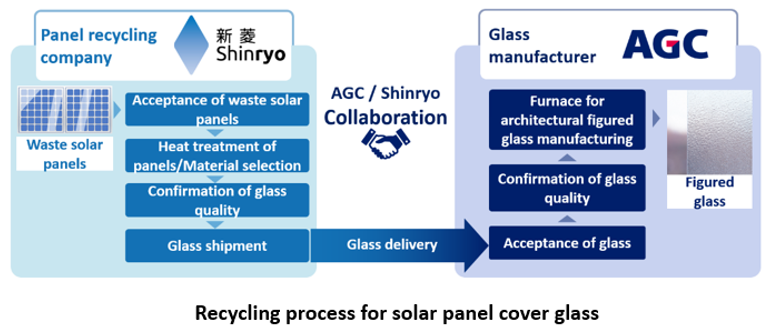

Recycled glass product
The majority of glass is not recycled?
Why does glass turn into industrial waste? This is not widely known, but the reality is
glass is not yet actively recycled. Glass would appear to be a material that could be
dissolved and reused many times. In truth, like plastic bottles, glass bottles are legally
recycled in accordance with the Containers and Packaging Recycling Law, but it is not
legally mandated that glass used in buildings and automobiles—including solar cover glass—be
recycled. Therefore, most glass is disposed of in landfills as industrial waste or
downcycled into roadbed material for asphalt roads.
The basic glass manufacturing process uses sand as the main raw material. It’s melted at
high temperatures in a furnace to produce transparent glass. Typically, in addition to sand,
glass cullet produced during the manufacturing process is also used as a raw material.
However, cover glass and glass dismantled from buildings often contains impurities that
adversely affect glass production, reducing productivity and possible causing defects. This
means using raw material cullet externally collected carries a high risk.
Glass is a delicate material, so it can’t be made into a product if it has a different
composition or contains impurities. Also, the difficulty of recycling varies between figured
glass and float glass. Mr. Naoya Kobayashi, manager of the same Group, provides the
following context.
“The type of glass product is determined by its application, and different types of glass
products are manufactured in different ways. Cover glass is often made using the figured
glass manufacturing method. Cover glass contains an impurity called antimony, which has a
negative impact on the float manufacturing process. Therefore, it’s difficult to recycle it
into float glass.”
However, the company has been researching suitable processing methods for flat glass
recycling for several years. With their recent success in recycling it as float glass, it is
now possible to expand recycling to a wider range of materials.
“Currently, we are looking beyond only solar cover glass, and are conducting research and
development to find ways to recycle glass from buildings and automobiles,” says Mr. Nagao.
Act now or the disposal problem will become unsolvable
What new issues will arise in the future of recycling of cover glass? We asked Mr. Nagao.
“It’s a question of economics. In general, people think that recycling will make glass
cheaper, but in fact, it becomes more expensive. Therefore, if recycling is more expensive,
customers will inevitably prefer to buy the new, cheaper products. But in the future, the
price of glass will start to rise as landfills for disposal fill up and disposal costs rise.
In that sense, right now we are merely postponing the problem. So rather than not do it
because it’s not economically viable, we are engaging in recycling with the idea in mind
that the problem won’t be solvable unless we start working on it now, for the sake of the
future.”
Another complication is establishing a supply chain to recover glass, which is also an issue
of economic feasibility. Further, the creation of partnerships with other companies is
another issue to be addressed. Currently, Shinryo Corporation, a member of the Mitsubishi
Chemical Group, is investigating the recovery of solar cover glass that has undergone heat
treatment.
Mr. Nagao on this topic: “In general, people don’t know that glass can be recycled, or that
it isn’t being recycled. At our company, we are hearing about advanced initiatives in
Europe, so we believe that we need to use this initiative to expand public awareness toward
glass recycling.”
In its medium-term management plan AGC plus-2026, the AGC Group defined three types of
social value that it wants to create through its products and technologies. One of these is
“Blue planet,” the Group aims at reducing the environmental impact of its products from raw
material procurement to use by customers toward the realization of a sustainable global
environment. The company will continue to provide value to society by accelerating the
effective use of resources.
We believe that recycling glass could generate a great deal of social value. It is in line
with trends like creating a circular economy. And since sand is a finite resource, promoting
recycling can protect the planet’s resources. And it would also be effective from the
standpoint of security. Going forward, we want to continue to promote recycling in
cooperation with many people,” says Mr. Kobayashi
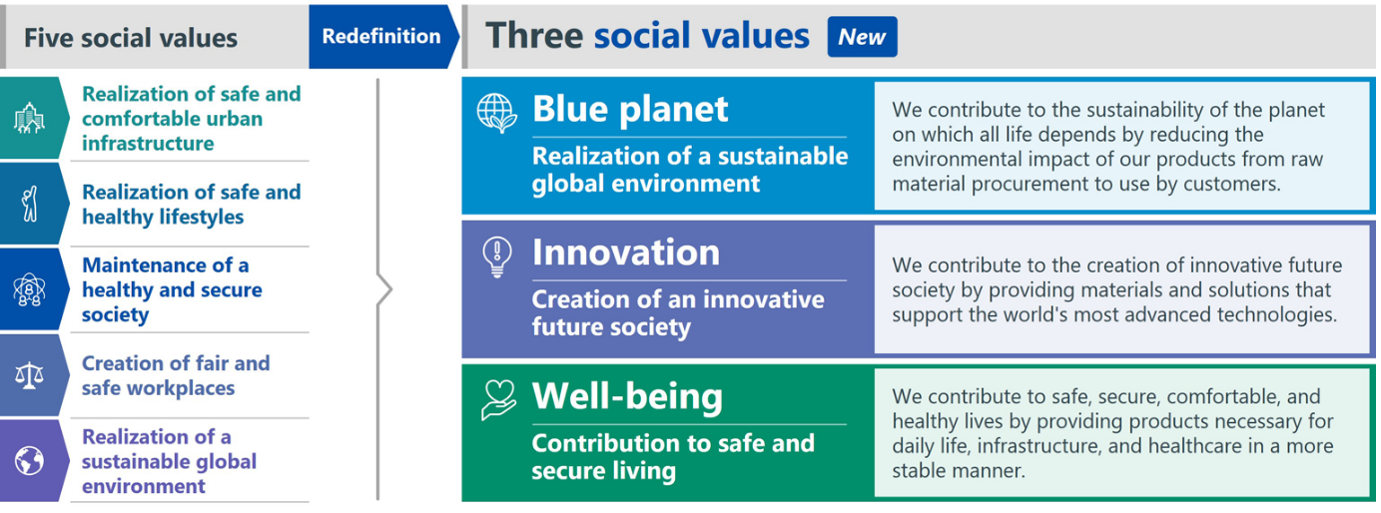
The AGC Group has reclarified the values that it will contribute to society, by replacing
the existing "five social values" with "three social values" to be created by the Group’s
products and technologies.
“Up to the time I entered my current position, I was single-minded about glass production. I
didn’t think at all about what happened next. However, we’ve heard that Tokyo will run out
of reclaimed land for disposal use in 20 years, and disposal is still occurring rapidly.
What should we think about the current situation? Questions of economic rationalization
remain, but AGC is making every effort to move closer to a circular recycling society, for
the sake of our future.”
INTERVIEWEE
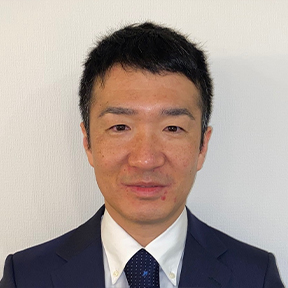
YOSHIHIRO NAGAO
Group Leader
Sustainable Management Initiatives Group
Architectural Glass Asia Pacific Company
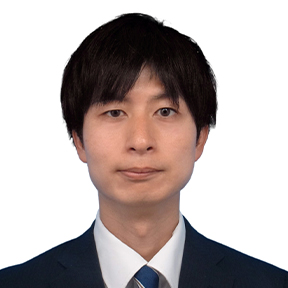
NAOYA KOBAYASHI
Manager
Sustainable Management Initiatives Group
Architectural Glass Asia Pacific Company
AGC Inc.
1-5-1, Marunouchi, Chiyoda-ku, Tokyo, Japan
Established in 1907. Founder Toshiya Iwasaki took on the challenge of manufacturing Japan’s first flat glass. Achieving domestic production in 1909, the company has gone on to currently hold the top share of the global market, and in addition to building glass, produces glass for automobiles, smartphones, tablets, and electronic components. The company also has extensive experience dealing with chemical products and in the life sciences and ceramics fields. One of the world’s largest glass manufacturers, AGC has 7,753 employees (as of December 31, 2023), and is one of the components of the Nikkei Stock Average.
